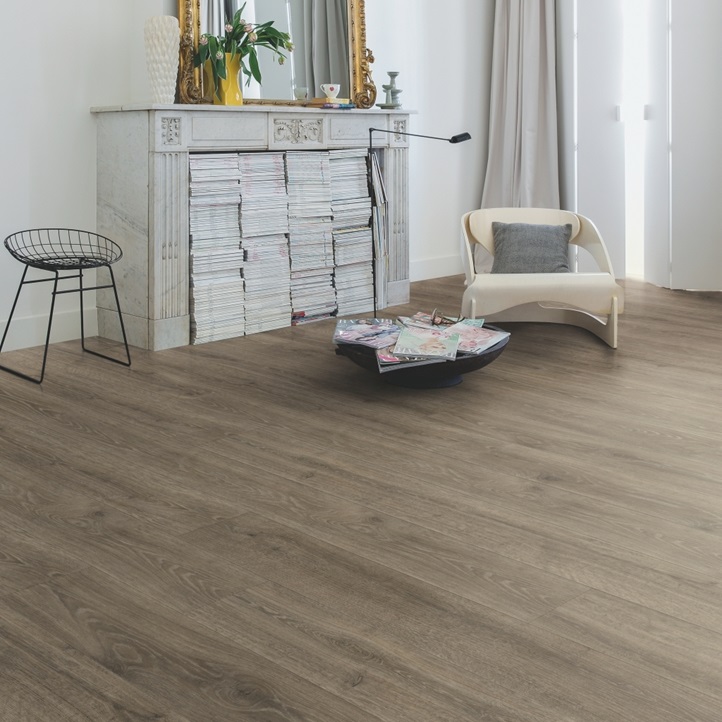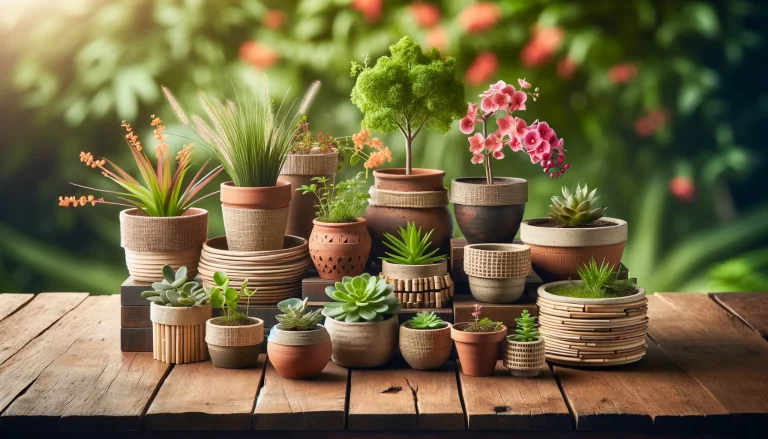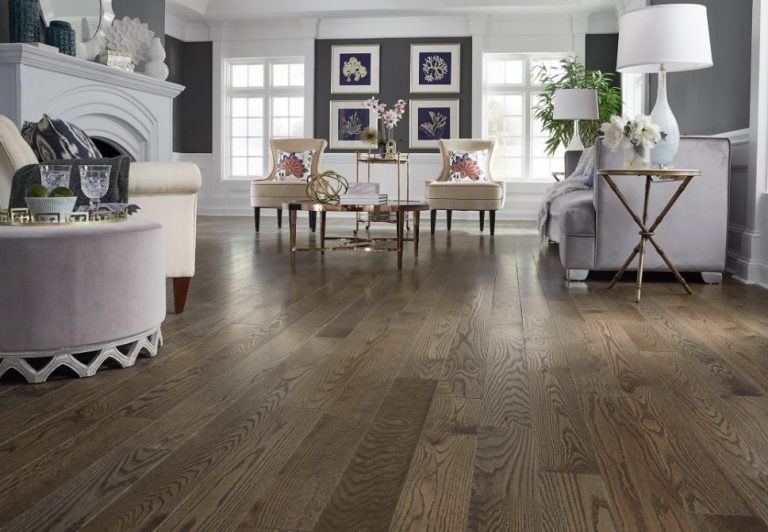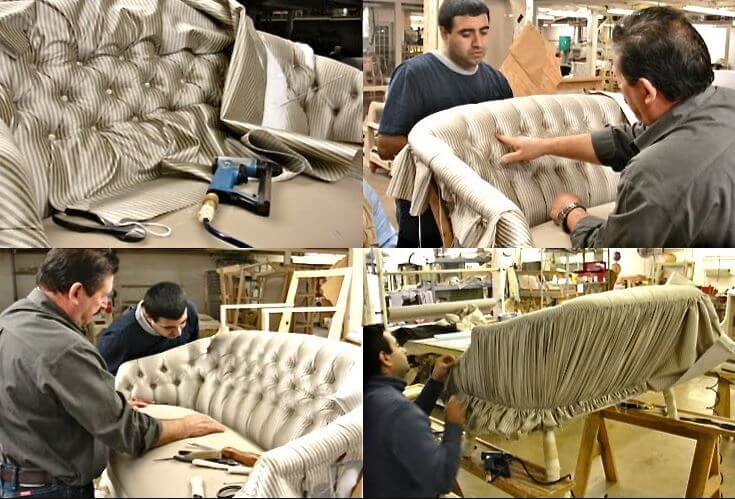
When it comes to creating interiors that stand out with timeless elegance, parquet flooring remains one of the most sophisticated choices. Known for its intricate geometric patterns and luxurious appeal, parquet flooring has adorned palaces, stately homes, and modern residences alike. It is not just flooring—it is an art form that transforms spaces into warm, stylish, and inviting environments.
In this blog, we will explore what parquet flooring is, its history, advantages, different patterns, maintenance tips, and why it continues to be one of the most popular flooring options for homeowners and designers.
What is Parquet Flooring
Parquet flooring is a type of wood flooring made up of small wooden blocks or strips arranged in decorative, geometric patterns. Unlike traditional plank flooring, which runs in a single direction, parquet is all about artistry and design. The most popular patterns include herringbone, chevron, basket weave, and brick style, each adding unique visual character to interiors.
Parquet can be made from solid wood or engineered wood. While solid parquet pieces are crafted entirely from hardwood, engineered parquet combines a hardwood top layer with a stable core material, making it more resistant to moisture and temperature changes.
A Brief History of Parquet Flooring
Parquet flooring dates back to 16th-century France, where it became a luxurious alternative to marble floors in palaces and aristocratic homes. The Palace of Versailles, with its grand parquet de Versailles design, remains one of the most famous examples. Over time, parquet spread across Europe and later to other parts of the world, becoming synonymous with elegance, craftsmanship, and class.
Today, parquet has evolved to suit modern living, offering not just beauty but also practicality and durability, making it suitable for both traditional and contemporary homes.
Advantages of Parquet Flooring
Parquet flooring is not just visually appealing—it also offers several benefits that make it a smart investment:
Aesthetic Appeal
The biggest draw of parquet flooring is its visual charm. The intricate geometric patterns create a sense of artistry and craftsmanship that is hard to match with other flooring types. Whether you prefer a classic herringbone or a bold chevron, parquet enhances the overall character of a room.
Durability
Made from high-quality hardwoods like oak, walnut, or maple, parquet flooring is extremely durable and long-lasting. Engineered versions add even more strength, making them resistant to warping and shrinking.
Adds Value to Property
Homes with parquet flooring often command higher market value. Its timeless beauty and durability make it a premium flooring choice that buyers are willing to pay extra for.
Variety of Styles
With numerous wood species, finishes, and patterns available, parquet flooring can be customized to suit any décor—whether modern minimalism, rustic charm, or classic luxury.
Easy Maintenance
Parquet flooring is relatively easy to maintain. Regular sweeping, occasional mopping with a damp cloth, and timely refinishing keep it looking new for decades.
Popular Parquet Flooring Patterns
One of the unique aspects of parquet flooring is the wide range of patterns it offers. Here are some of the most popular:
Herringbone: A V-shaped pattern where planks are laid at right angles, creating a zig-zag effect. Elegant and timeless, this is one of the most commonly used parquet designs.
Chevron: Similar to herringbone but with angled ends, creating a more continuous flow of lines. Often seen in modern interiors.
Basket Weave: A classic pattern that looks like woven wood strips, adding depth and texture to the floor.
Brick Style: Wooden blocks laid like bricks, offering a simple yet stylish design.
Parquet de Versailles: A highly decorative and intricate pattern, famous in French architecture, suitable for grand interiors.
Maintenance Tips for Parquet Flooring
To ensure parquet flooring retains its charm and durability, proper care is essential:
Regular Cleaning: Sweep or vacuum frequently to prevent dust and dirt from scratching the surface.
Avoid Excess Moisture: Use a damp mop instead of soaking the floor, as excessive water can damage the wood.
Use Protective Pads: Place pads under furniture legs to avoid dents and scratches.
Refinishing: Over time, parquet flooring can be sanded and refinished to restore its original shine and remove minor imperfections.
Climate Control: Keep indoor humidity levels balanced to prevent expansion or contraction of the wood.
Why Choose Parquet Flooring for Your Home
Parquet flooring strikes the perfect balance between style and substance. Unlike plain hardwood flooring, it brings an artistic touch to your interiors. Whether you want a cozy bedroom, a stylish living room, or a luxurious office space, parquet adapts beautifully to different environments. Its timeless appeal means it never goes out of fashion, making it an investment that will serve you well for decades.
Moreover, with modern engineered parquet, you get enhanced durability and moisture resistance, making it suitable even for high-traffic areas. And with a variety of finishes—from glossy to matte—you can tailor the look to match your interior design theme.
Conclusion
Parquet flooring is more than just a surface to walk on it is a statement of elegance, craftsmanship, and timeless beauty. With its rich history, variety of patterns, and unmatched aesthetic appeal, it has secured its place as one of the most desirable Vinyl Flooring options worldwide. Whether you prefer the classic charm of herringbone or the bold flair of chevron, parquet flooring can transform any space into a masterpiece.
If you’re looking for flooring that adds character, value, and luxury to your home, parquet flooring is undoubtedly an excellent choice. Investing in parquet means investing in style, strength, and sophistication that will last for generations.




